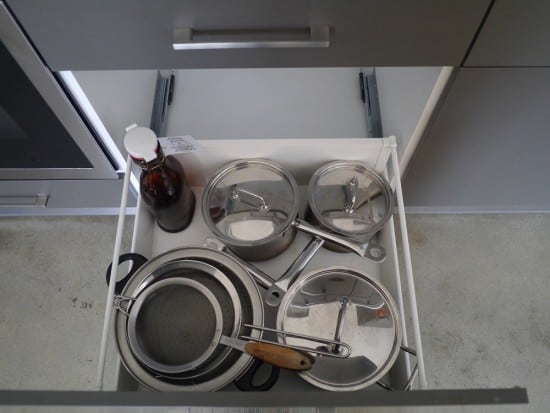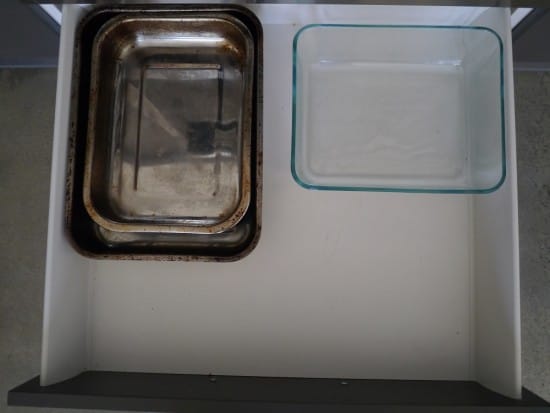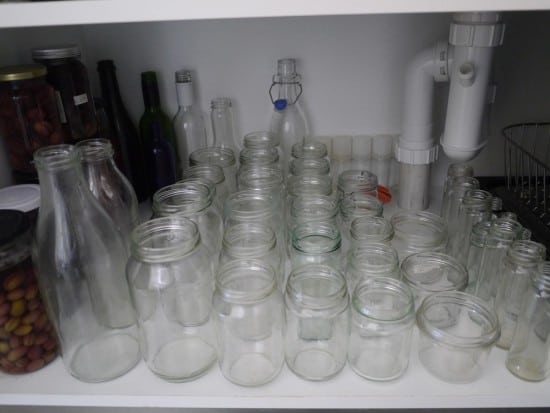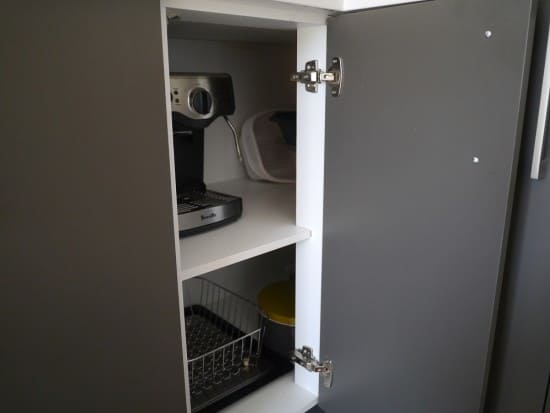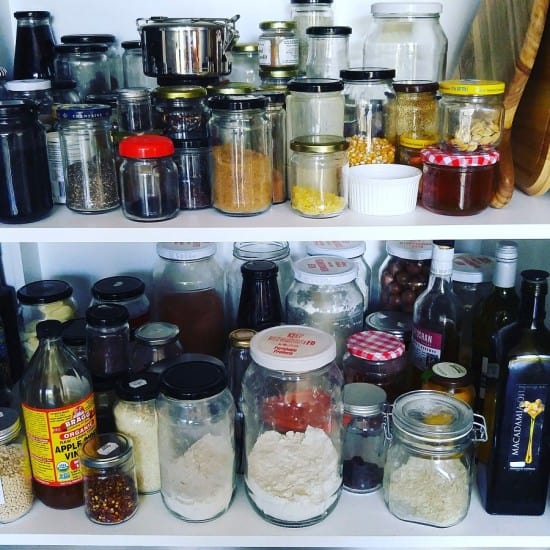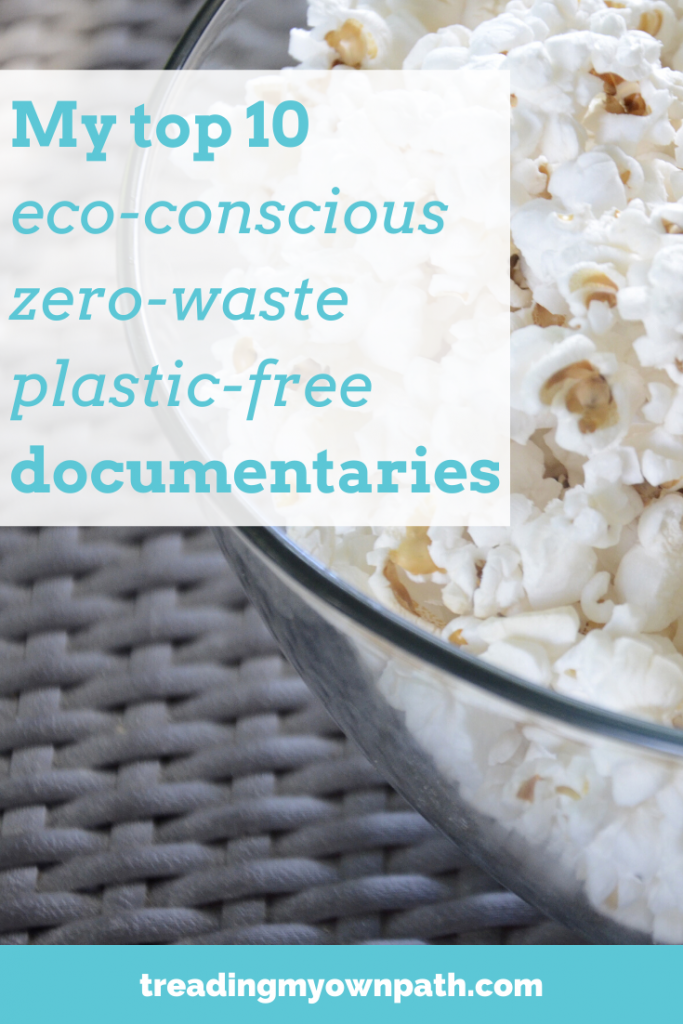5 Ideas for Donating Stuff You Don’t Need (But Is Still Useful)
We all end up with stuff that we don’t need. Unwanted gifts, stuff that we upgrade or replace, stuff we realise we don’t use or don’t like, duplicates. The list goes on.
Getting rid of stuff, when we don’t like waste, can be a challenge. Especially when this stuff isn’t really fit for selling or donating to the charity shop. Things that are broken (even if they are repairable), items with parts missing, things that have low value, stuff that has been used, opened or are worn.
We don’t want to throw it out, but we know in our hearts that the charity shop doesn’t really want it either.
The thing I love about challenges is that whilst they can be difficult, they are not impossible. Someone, somewhere, will want what you have. Whatever it is. (I mean that. You’d be surprised.) The challenge is finding that person.
It can take time, and effort, but if you succeed it is such a good feeling. You’re saving something from landfill, and making someone happy in the process.
Remember: it’s only waste if you waste it.
I’ve put together a guide of what to do with some of the random bits and pieces that you have that you know are useful… but don’t know how to find them new homes.
Ideas for Rehoming Items Responsibly
Donating to the Charity Shop
This is most people’s go-to when letting go of unwanted stuff. But that doesn’t mean that it’s the best place for the stuff. Most of us would rather donate something than throw it in the bin, but that doesn’t necessarily mean that the charity shop will want it.
Charity shops want things that they can sell! If you wouldn’t buy it, and can’t imagine that anyone else would either, don’t donate it. Charity shops get so many donations – far more than they can handle. In Australia it’s estimated only 15% of all donated clothes are resold.
Don’t kid yourself that the charity shop will want your moth-eaten old clothing with buttons missing.
Two ideas when donating to charity shops to ensure a better chance of the item being onsold:
- Call ahead and find out if they take (and need) the things that you’re donating. Some charity shops have the capacity to test electrical items and will accept them for resale, others don’t. Some don’t have space to take toys, or may have a shortage of certain things. Calling ahead is a good way to find out what they need – and what they don’t want.
- Think seasonally. Stores need to turn over goods fast to make money. Donating winter jumpers in summer or Christmas branded items in February will mean stock sitting around, and it may end up in landfill, even if the quality is good.
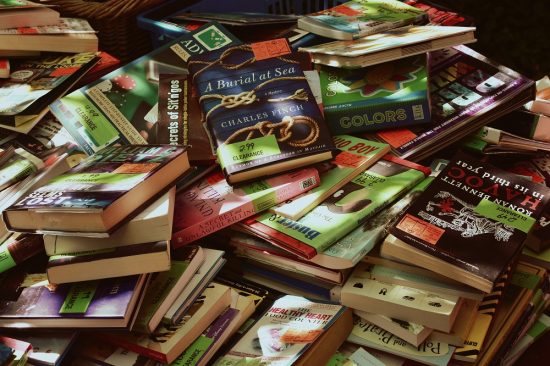
Donating on Gumtree or Craigslist
Gumtree, Craigslist and other platforms allow us to list items for free for others to take. How effective this is can be dependent on where you live (it’s easier in urban centres than rural locations). It’s also more effective for certain types of items, such as homewares, furniture and electrical goods.
That doesn’t mean that what you have won’t be wanted though, so it’s worth listing things anyway. Things like spare coat hangers, old bubble wrap, moving boxes and crates of old jam jars all shift surprising well.
Bear in mind that the more obscure the item, the longer it will take to shift.
(If you’ve never listed anything on Gumtree before, I’ve written a guide to selling second-hand to help you get started.)
Buy Nothing Groups and Local Online Community Networks
The more local something is, the easier it is for others to collect it, and the more likely it is to find a new home. That’s why community exchanges work so well. My local area has very active Buy Nothing Groups (a group that operates through Facebook, where goods can be taken and offered for free, with council boundaries determining whether someone can join).
Other Facebook groups include Swap & Barter groups and Zero Waste groups, or groups for exchanging specific items (fishing equipment, childen’s toys, craft supplies).
Outside of Facebook, my parents (who live in the UK) use and love a local community network called NextDoor, which allows them to connect with other members of their village.
There’s plenty of others, so explore what is local and active in your area. The global platforms might have better looking websites and thousands of members worldwide, but if there’s only two people living within 25km of you, that isn’t going to work.
If you use Facebook, that’s a great way to track down local and active groups. If not, see if you can contact community groups and ask if they have any knowledge or suggestions.
Real Life Community Groups
Community groups are another great place to consider. Craft and arts groups may be collecting certain items for projects (broken crockery is great for mosaic making, half-used paint tins may be wanted for other projects), community gardens may be able to use offcuts of materials or old tools, playgroups will accept all sorts of things for children to play with (small boxes that held electronic items are popular, as are old plastic loyalty cards (for playing “shop”).
For specialist equipment for a particular hobby, it may be worth finding an enthusiast’s group and finding out if any of their members can use what you have. For example, finding an Apiarist’s society to donate beekeeping equipment to is a much better match than simply listing on Gumtree or donating to the charity shop.
Charities and For-Purpose Enterprises
Different charities have different needs, and can be a great way to pass on unwanted items that aren’t suitable (or are too “niche”) for charity shops. Some ideas include:
- Animal refuges often accept towels, sheets and other bedding, pet food and possibly other equipment and accessories;
- Refugee centres accept donations of clothing, books, food, furniture, whitegoods and more (here’s a list of refugee organisations in Australia and the donations they accept);
- Women’s refuges, homeless centres and hostels accept clothing and blankets and may accept toiletries and sanitary items (be aware that refuges do not publicly list their addresses for obvious reasons, so you will need to connect with a local charity serving these centres to find out what they will and won’t accept).
- Charities (such as Fair Game in Australia) accept used sports equipment and clothing to redistribute to underserviced communities.
- Opticians often accept used glasses to send to underserviced communities.
- Food banks accept food but at Christmas or other times of year may accept toiletries, sanitary items and other non-food items – check with the individual organization.
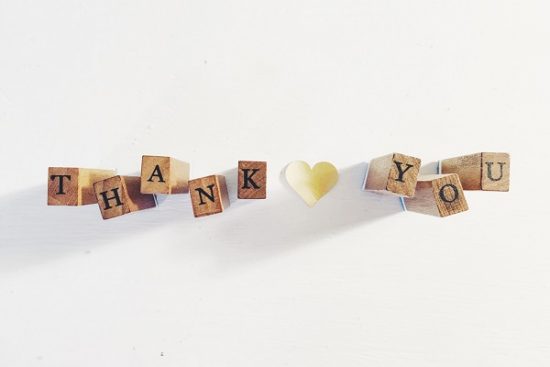
Thoughts on (Shabby) Second-Hand Donations
Whilst I think it is brilliant to donate second-hand items, I also think that it is important to be mindful of their condition and respectful of where we donate them.
I once met an enthusiastic and well-meaning guy who was trying to set up a shoe enterprise donating second-hand shoes to Africa. He had collected thousands of shoes but didn’t have a warehouse, and was storing them in his garden in the open under a tarpaulin. They’d been there for 18 months.
He hadn’t given that much thought to where he would send them, whether there was an existing industry in the country that might be adversely impacted by an influx of shoes, or whether the shoes were appropriate for the climate or recipients.
His colleague said in the presentation “people in Africa deserve high-heeled shoes too!” That might be the case, but the intended community where these shoes were to be donated hadn’t actually been consulted as to their needs.
I don’t know what happened to the enterprise, and I hope they were able to have a positive impact. I think sometimes enterprises can be well-meaning but ill-considered. Sometimes we can be guilty of not really thinking through our choices.
I do think it’s important when donating to charity to consider if the recipients will really want our stuff, as tempting as it is to want to keep things out of landfill.
For example, I know that there are charities that collect used bras. I personally wear mine until they are stretched, misshapen and there is barely any life in them. I do not consider it appropriate to then donate it. That’s my opinion and my choice.
I think it can be tempting to fall into the trap of thinking that underprivileged people will want our shabby stuff. Actually, they might not.
Final Thought on Donating Unusual Items
This is not a complete list by any means, and with enough grit and determination it is possible to donate most things – not always for the purpose they were originally intended, but a purpose nonetheless. If you have something that you think is too good to throw away, get creative and start asking questions (zero waste Facebook groups are great for this).
You may be happily surprised.
Now I’d love to hear from you! What’s the craziest or strangest thing you’ve successfully donated to a happy recipient? Any other tips for where to donate unusual items? If you work in a charity shop or a for-purpose enterprise, are there any “no-no”s that you see donated often that aren’t suitable? Anything else to add? Please comment below.
[leadpages_leadbox leadbox_id=1429a0746639c5] [/leadpages_leadbox]

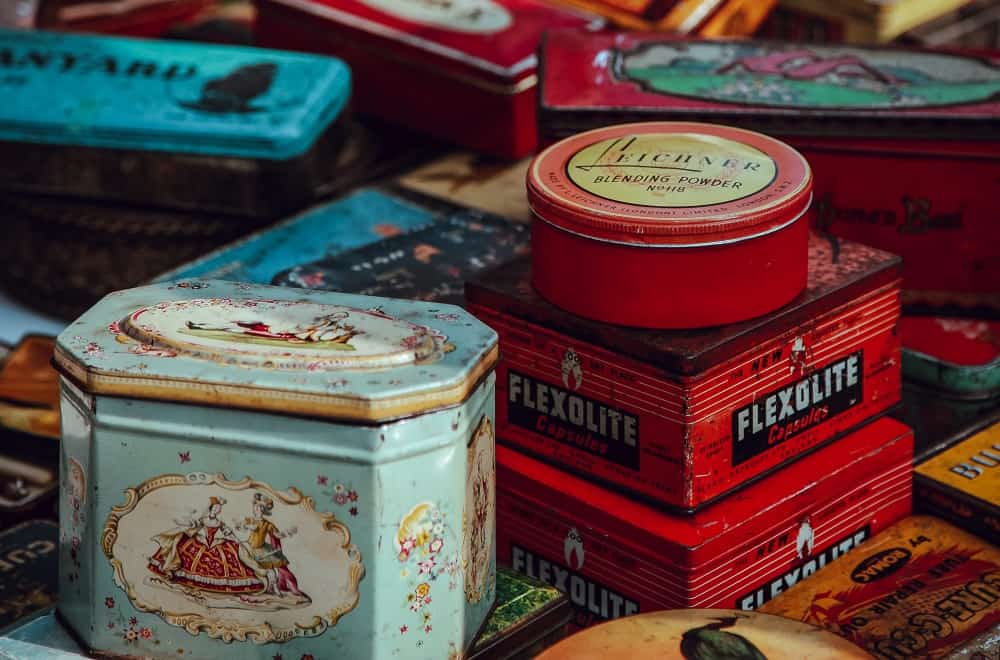
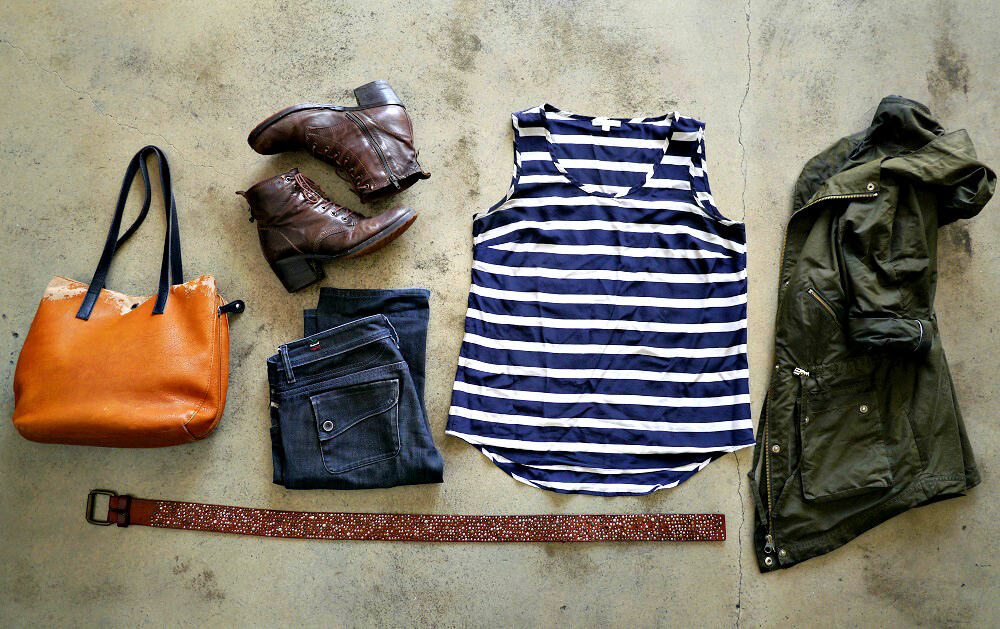
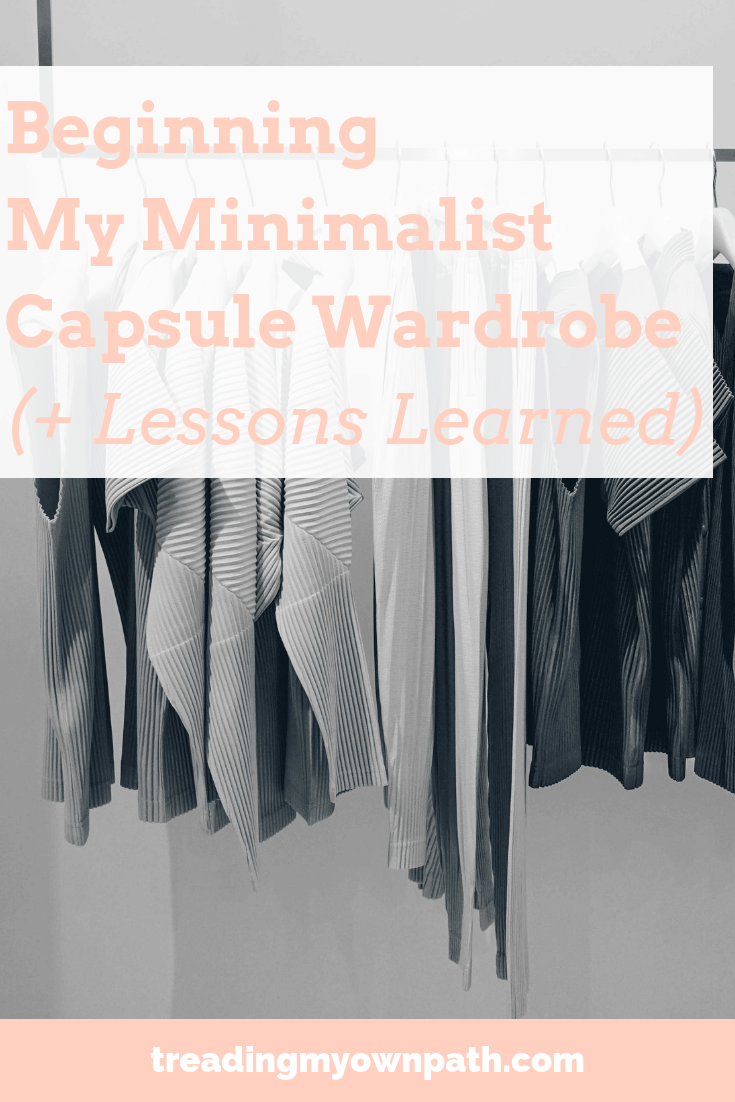

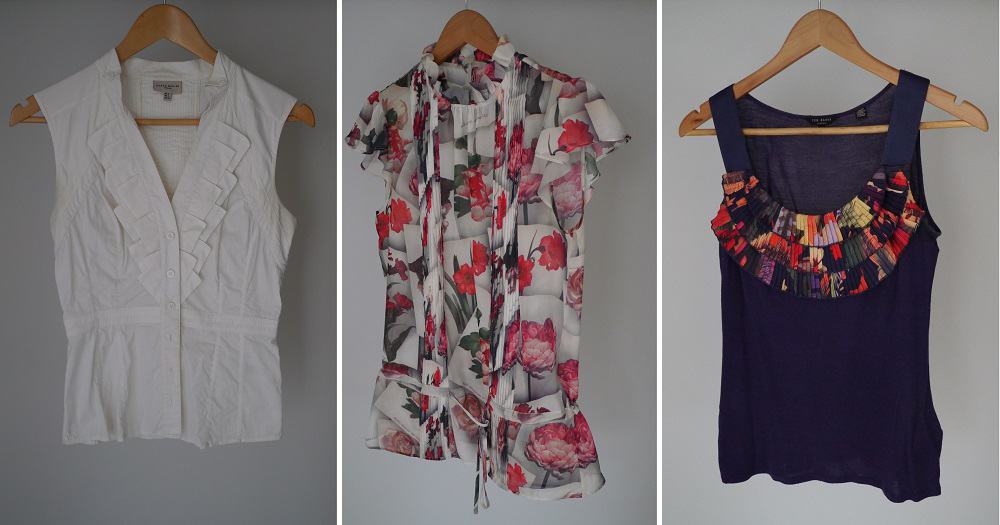
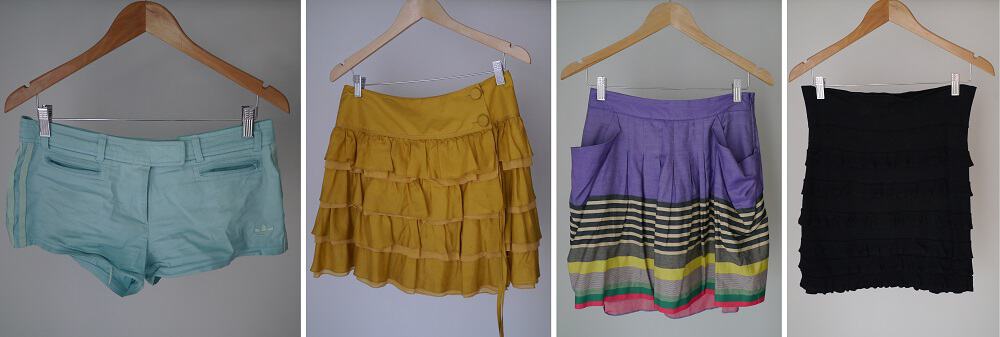


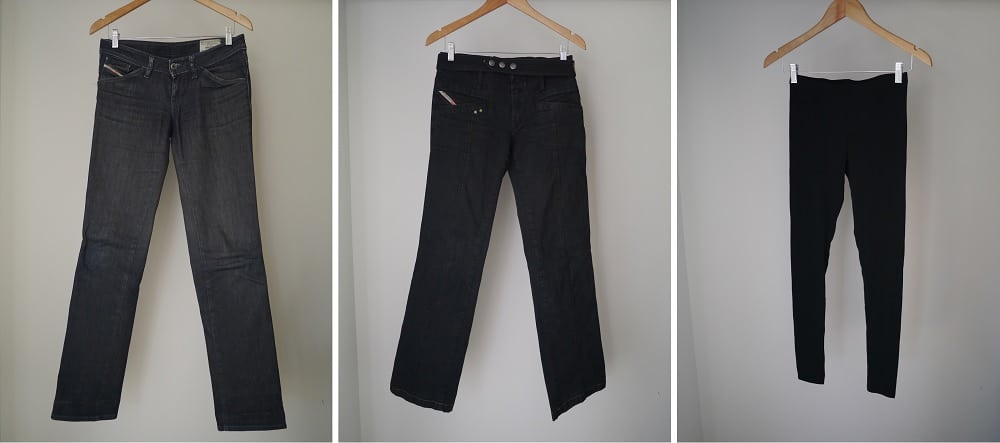
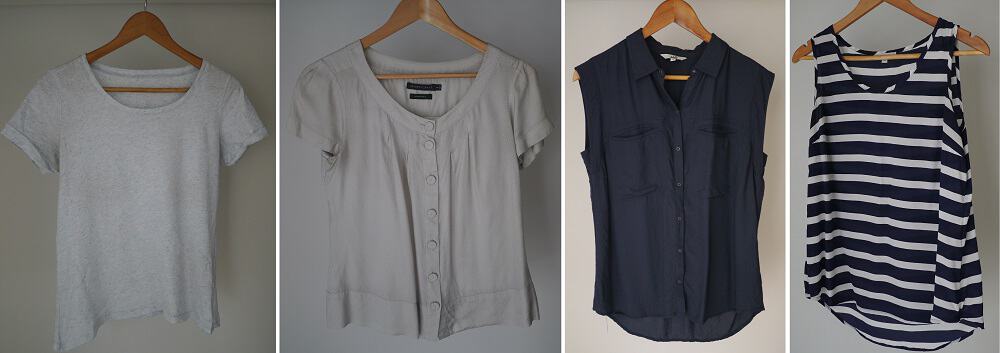

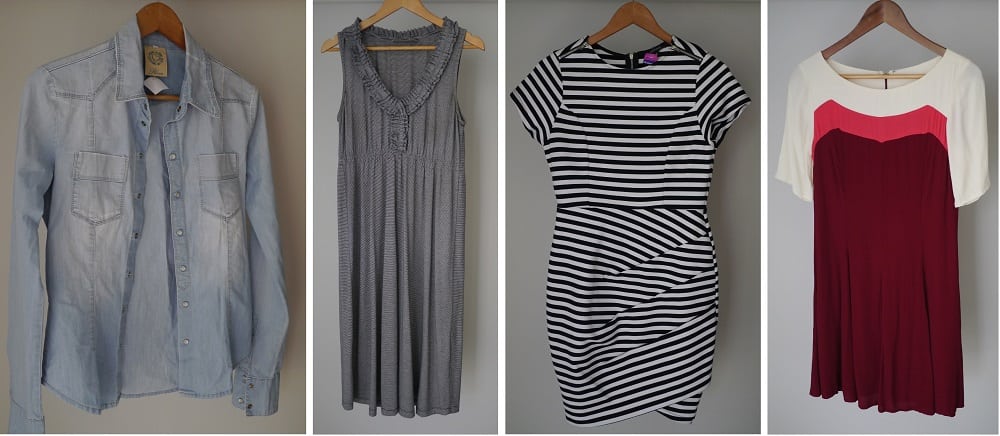
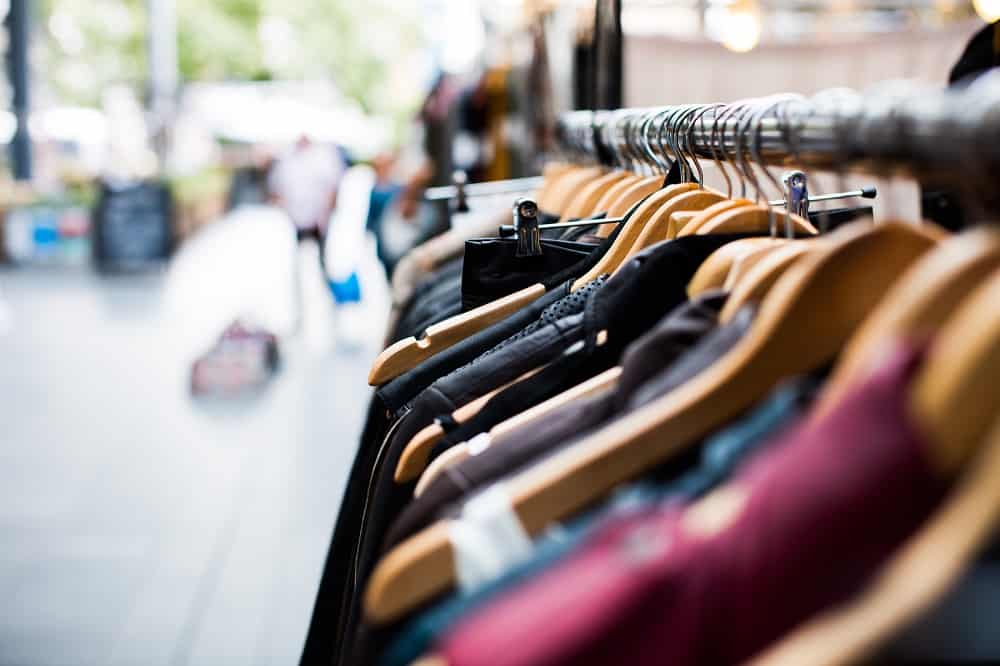
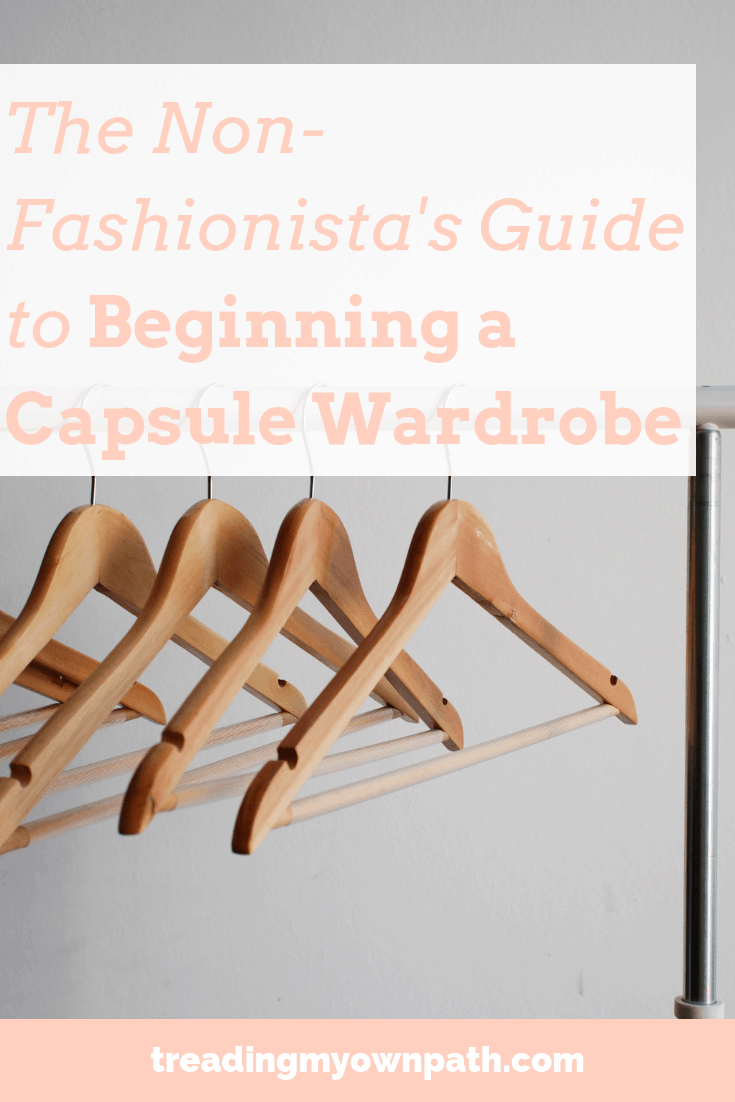
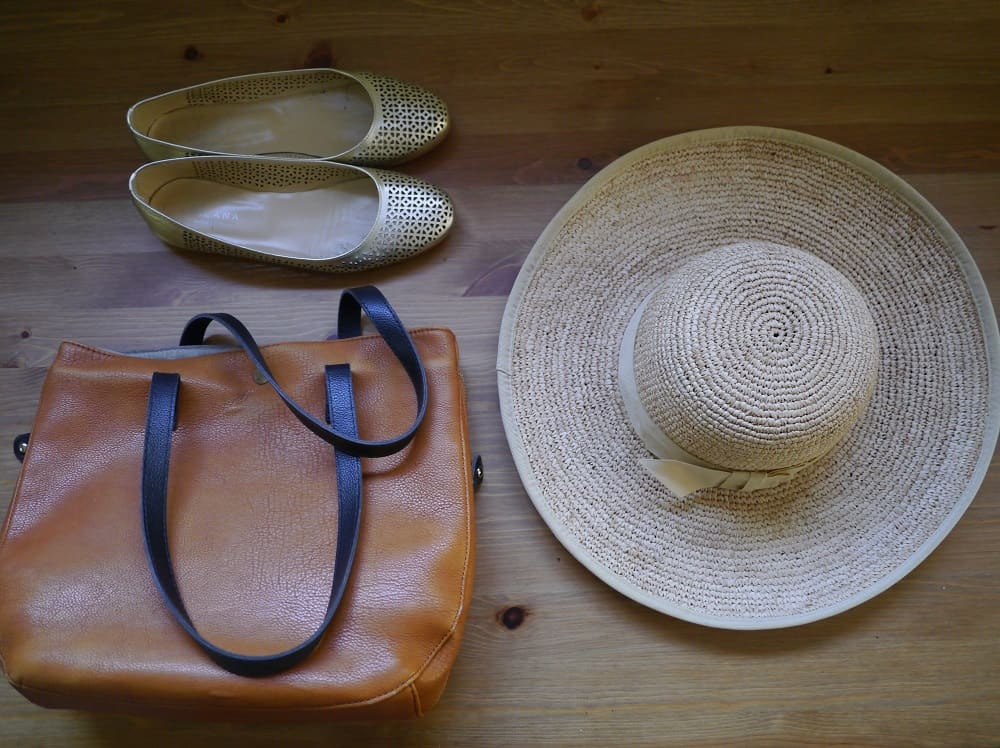





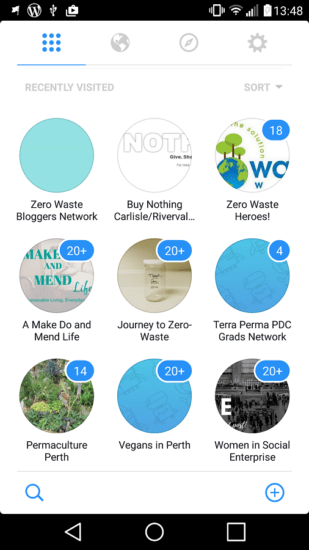

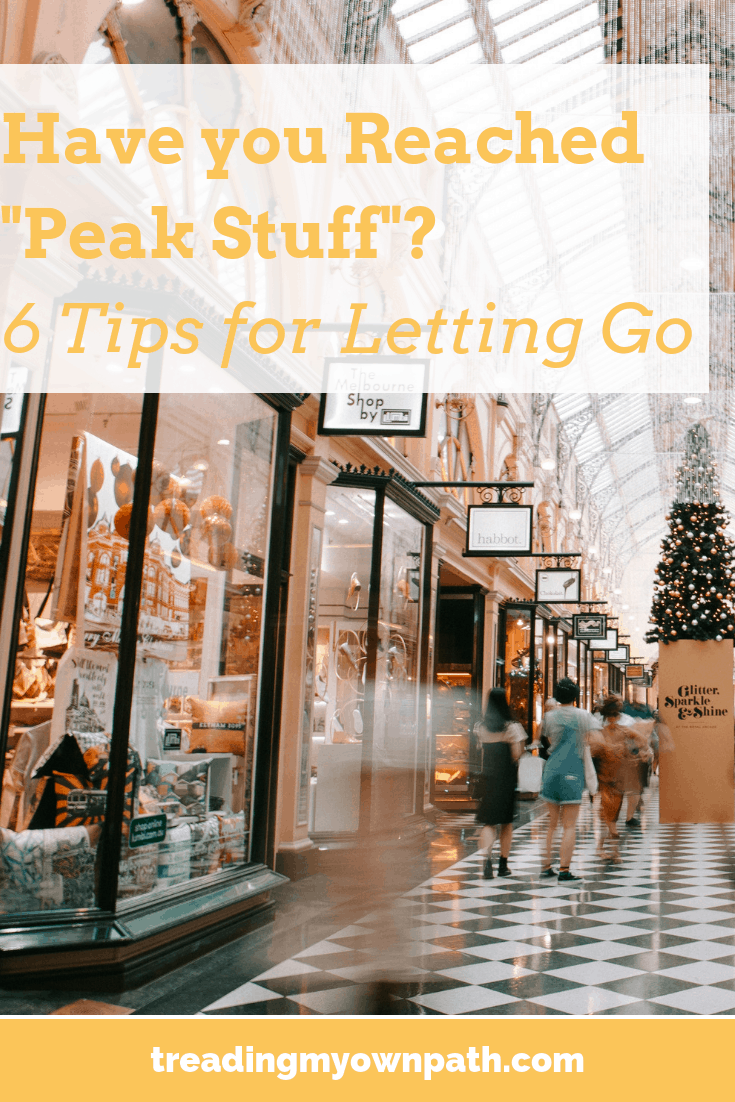
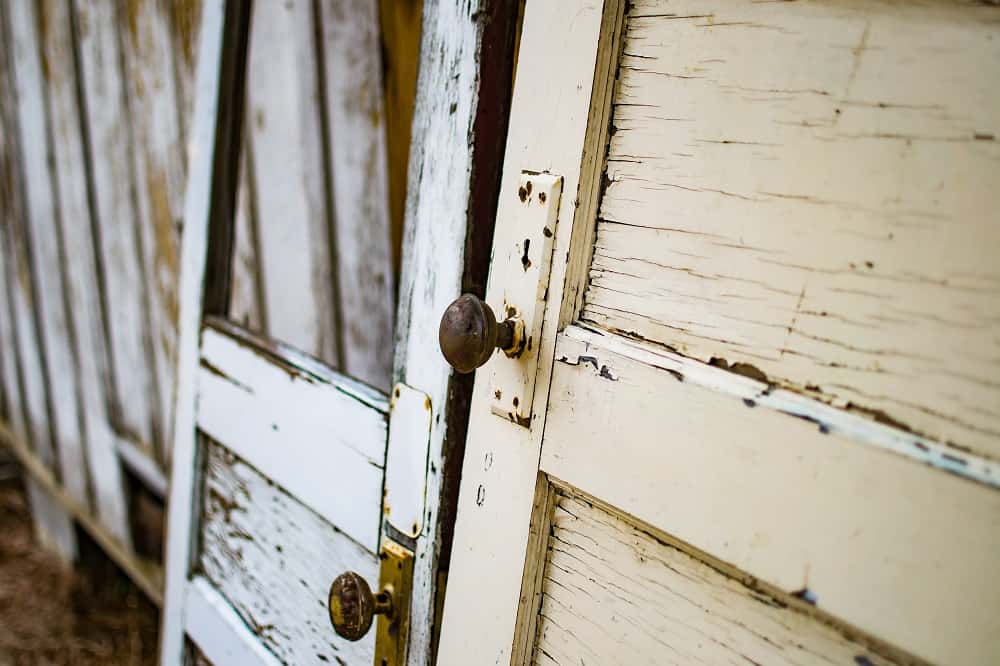
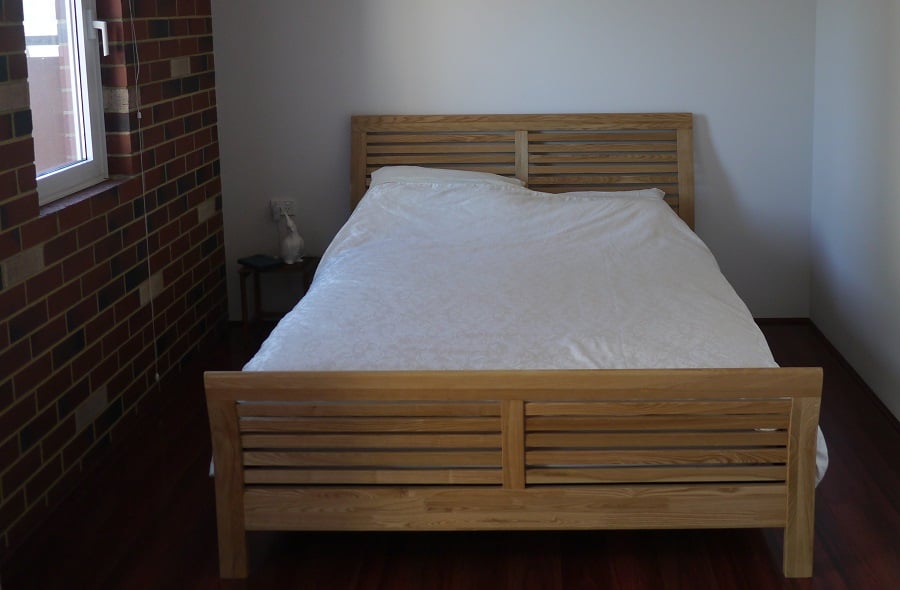
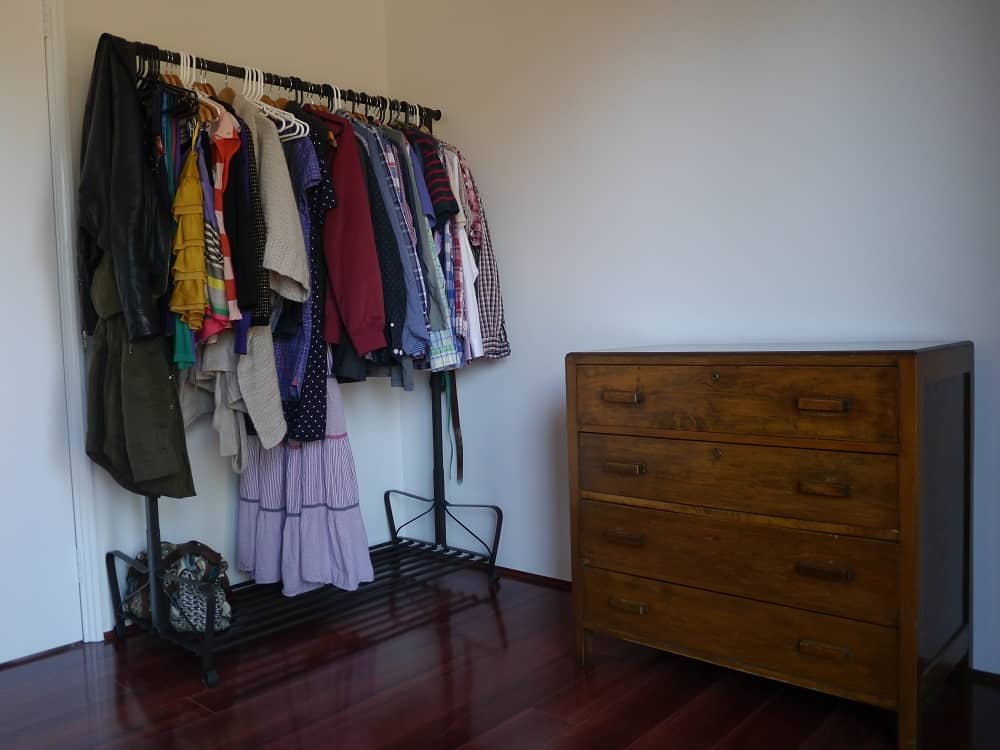

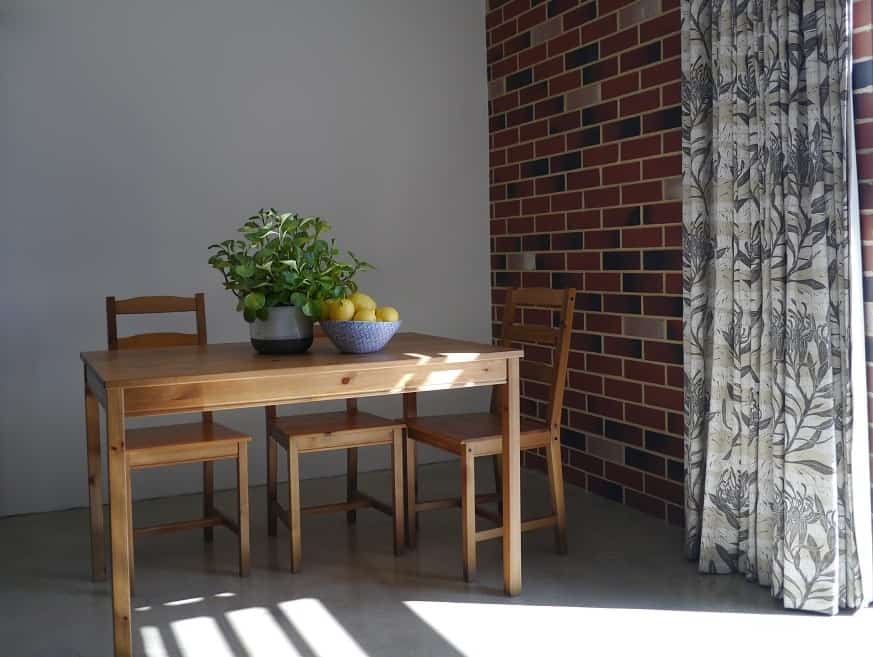
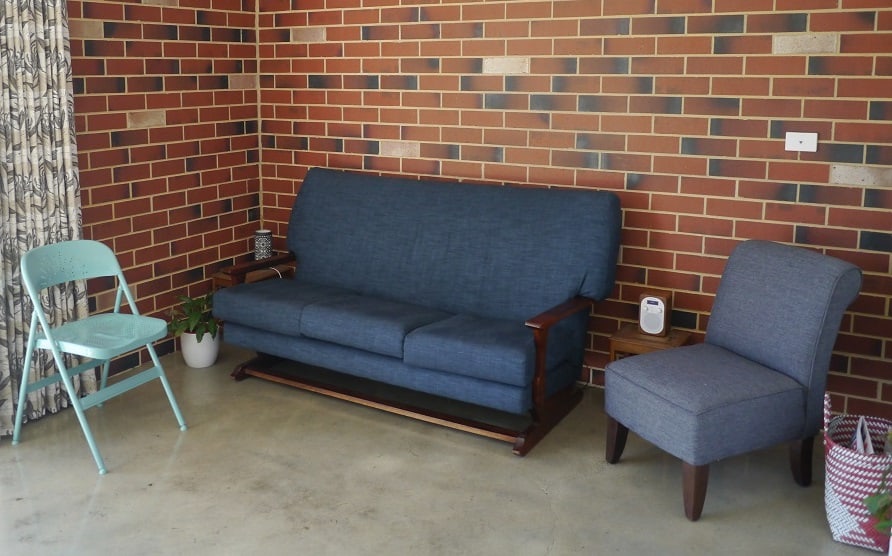
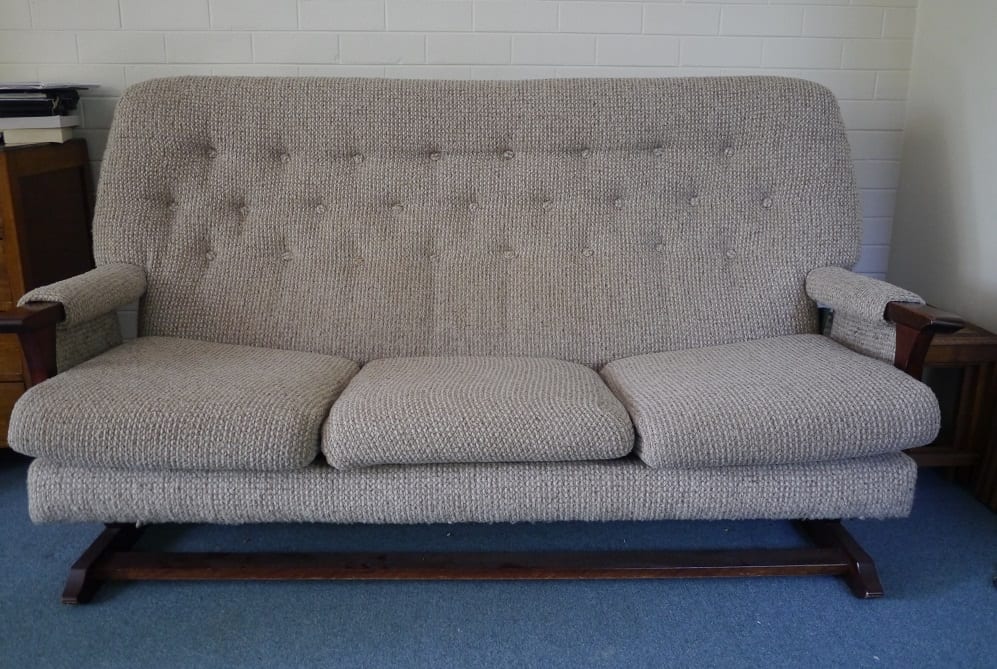


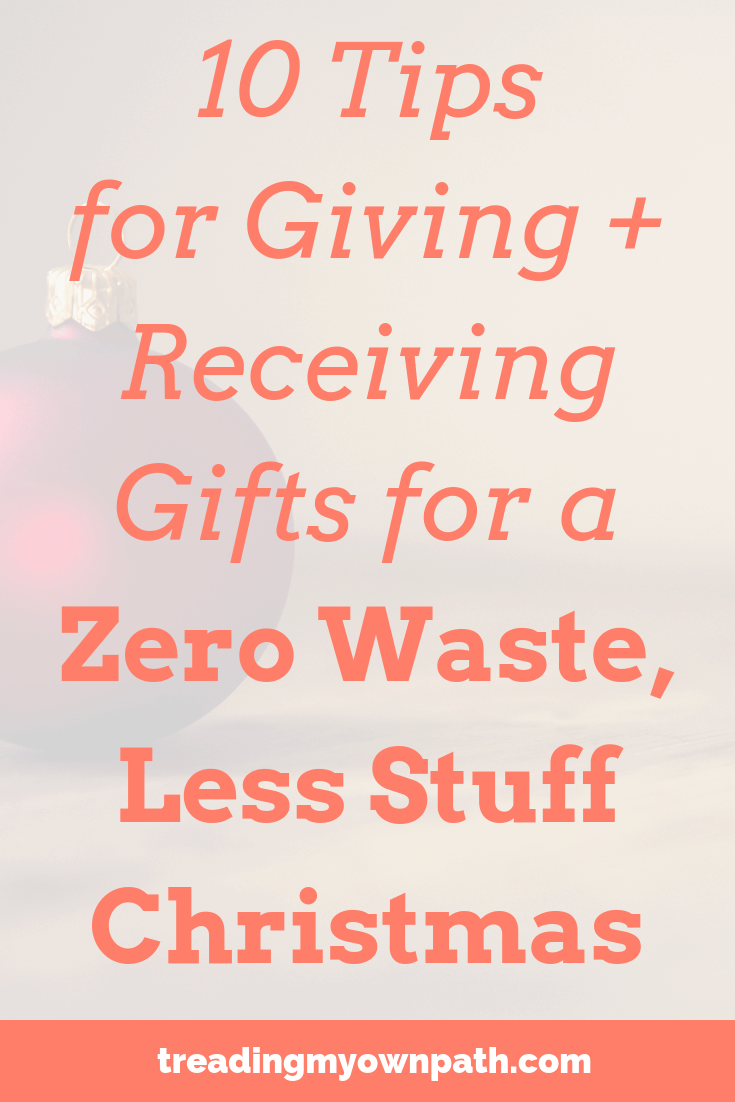
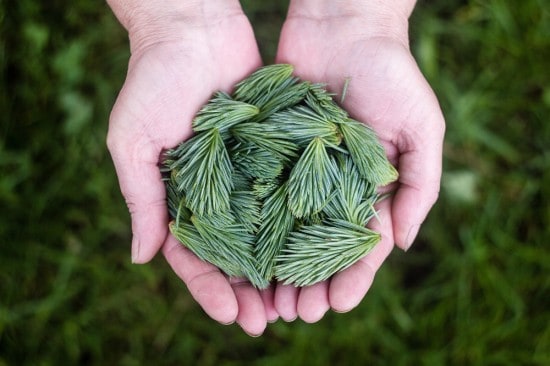



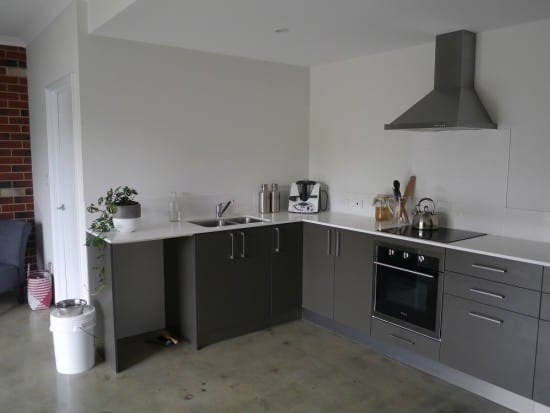
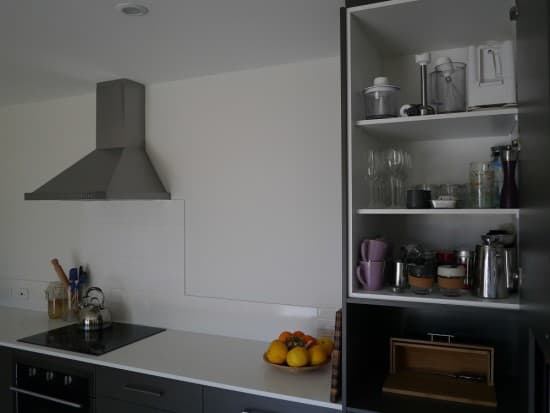
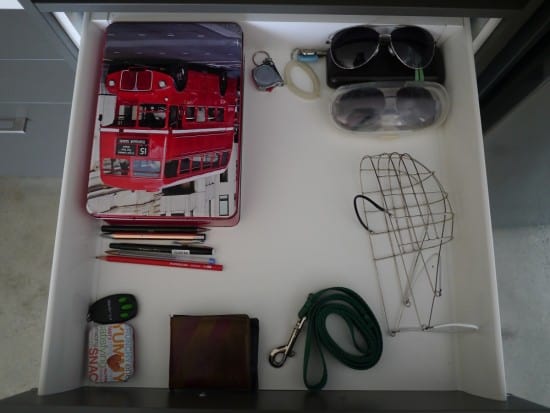 Drawer 1: I guess the top drawer in our kitchen would be classed as our junk drawer. We keep Hans’ (our adopted greyhound) lead and muzzle in here, sunglasses, garage clicker, pens and seeds. As we had so many drawers that weren’t that useful for much else it made sense to keep this stuff here.
Drawer 1: I guess the top drawer in our kitchen would be classed as our junk drawer. We keep Hans’ (our adopted greyhound) lead and muzzle in here, sunglasses, garage clicker, pens and seeds. As we had so many drawers that weren’t that useful for much else it made sense to keep this stuff here.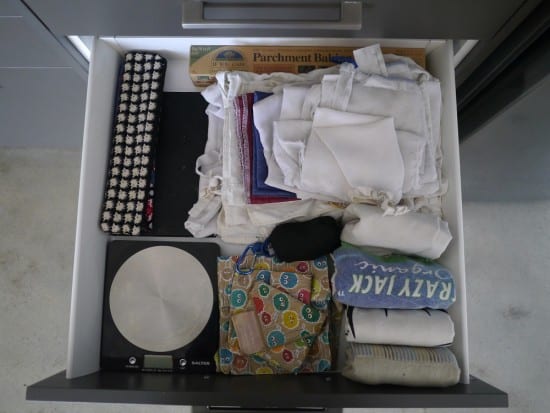
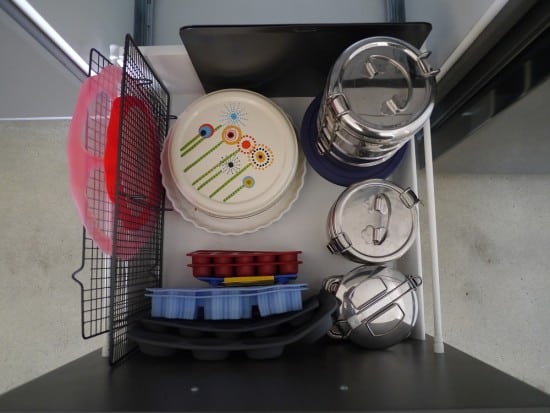
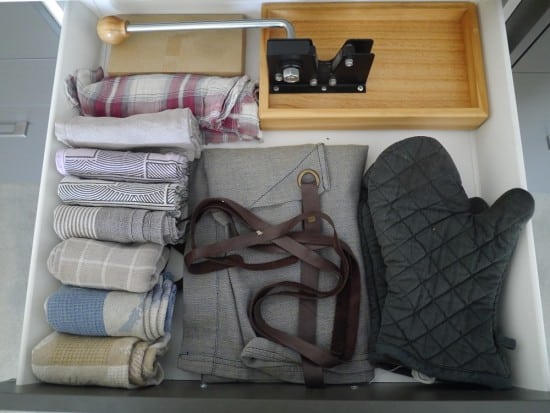
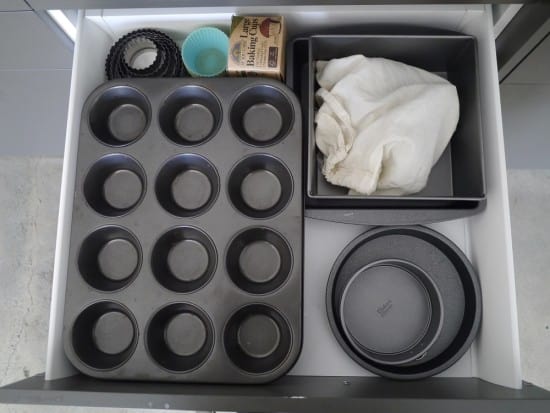
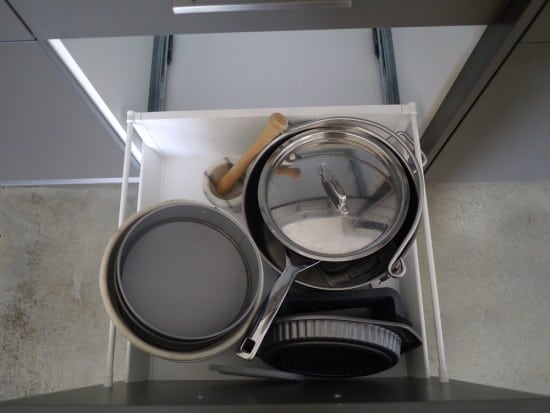
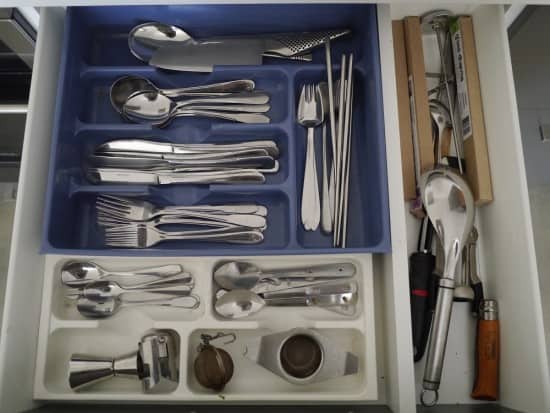 Drawer 7: Much as I hate plastic, I dislike a jumbled cutlery drawer more. And there seemed no point discarding what we already had to buy something new and plastic-free.
Drawer 7: Much as I hate plastic, I dislike a jumbled cutlery drawer more. And there seemed no point discarding what we already had to buy something new and plastic-free.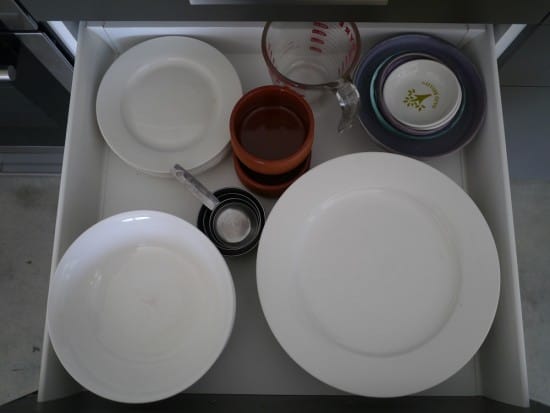 Drawer 8: our crockery. We have 6 dinner and side plates, and 5 bowls as one broke (which is fortunate as the drawers are too shallow to hold six bowls). There’s my set of measuring cups, a Pyrex measuring jug and assorted bowls and dishes that get used for various things. The two brown ones were the containers for some fancy dips purchased at the supermarket!
Drawer 8: our crockery. We have 6 dinner and side plates, and 5 bowls as one broke (which is fortunate as the drawers are too shallow to hold six bowls). There’s my set of measuring cups, a Pyrex measuring jug and assorted bowls and dishes that get used for various things. The two brown ones were the containers for some fancy dips purchased at the supermarket!